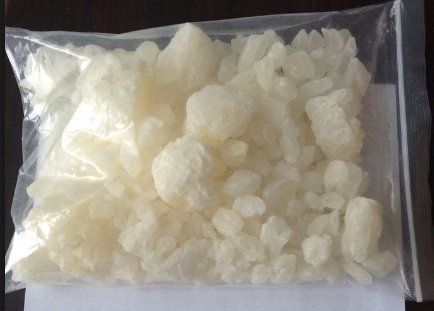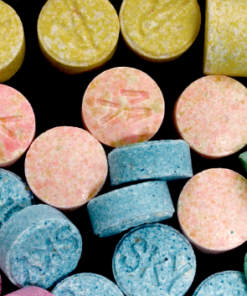he psychedelic and hallucinogenic effects of DMT are caused by complicated changes in the brain. DMT acts as a partial agonist of serotonin (5-HT) receptors, mainly the 1A, 2A, and 2C receptor subtypes. The 5-HT2A receptor is believed to be the primary target of classic serotonergic-mediated psychedelic compounds, although 5-HT1A and 5-HT2C receptors may play a role in the effects of DMT (Carbonaro & Gatch, 2016). DMT is a functional and structural analog of other psychedelic compounds such as 5-MeO-DMT, 5-OH-DMT, psilocybin (4-PO-DMT), and O-Acetylpsilocin (4-AcO-DMT).
DMT Crystal
$80.00 – $1,200.00
WHEN USING DMT KEEP IN MIND:
-
Start low and go slow. You cannot judge content or purity by appearance, and DMT amounts can vary within each batch
-
DMT causes vivid hallucinations so it is extremely important to have a sober “sitter” present who you know and trust and use in a safe and relaxing environment
-
Individuals with a personal or family history of any psychotic disorder or nonpsychotic mania should avoid taking any psychedelic compounds, including DMT.
-
Do not combine DMT with Lithium or SSRIs
Pure DMT is a clear or white crystal or solid, whereas DMT that is not pure may look yellow, brown, orange, or pink depending on the method of preparation. DMT can look like snowflakes, powder, or be waxy, and has been described as smelling like burnt rubber or new shoes.
In its natural state, DMT preparations may look like a brownish/green herbal mixture or a brownish/red liquid when made into Ayahuasca tea.
Under prohibition and in the illicit market, there is no guarantee of a safe dose because you may not know the content or potency of a substance. Everyone reacts differently to DMT, and because of the vivid hallucinations associated with the drug, it is extremely important to have a sober “sitter” present who you can trust.
DMT can be consumed as tea (ayahuasca), but the most common way to consume DMT is to smoke/vaporize it. When smoked/vaporized, the onset is quick and the effects are intense and short-lived.
A “standard” vaporized DMT dosage may look like the following (Erowid, n.d.):
-
Threshold 2 – 5 mg
-
Light 10 – 20 mg
-
Medium 20 – 40 mg
-
High 40 – 60 mg
Typically, the onset is 15 – 60 seconds, the duration of the high is 5 – 20 minutes, and the afterglow lasts 15 – 60 minutes.
| Qty | 1 Gram, 2 Grams, 5 Grams, 10 Grams, 1\2 Oz |
|---|
Be the first to review “DMT Crystal” Cancel reply
Related products
LSD
MDMA
LSD












Reviews
There are no reviews yet.